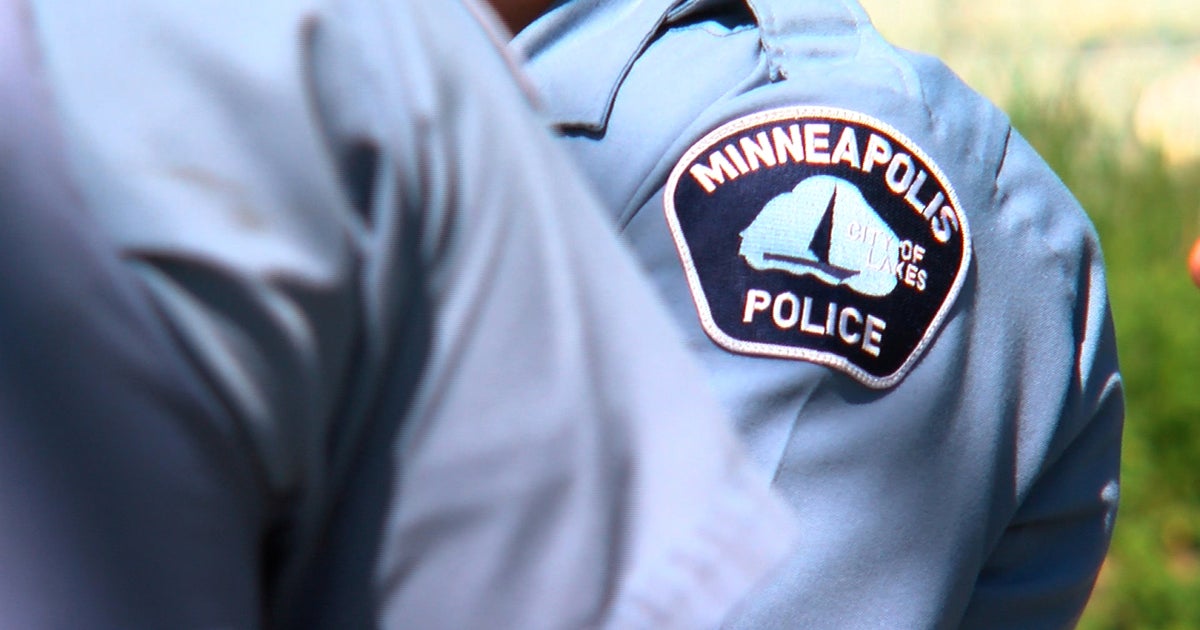Education
Dorothy Casterline, Who Codified American Sign Language, Dies at 95

Dorothy Casterline, who as a young researcher at Gallaudet University in the early 1960s helped write the first comprehensive dictionary of American Sign Language, a book that revolutionized the study of Deaf culture, died on Aug. 8 in Irmo, S.C. She was 95.
Pamela Decker Wright, a professor at Gallaudet, the only university designed for the deaf or hard of hearing in the United States, said Mrs. Casterline died, in a hospital, from complications of a fall.
As an undergraduate English major at Gallaudet, in Washington, in the late 1950s, Mrs. Casterline, who had lost her hearing at 13, caught the attention of a professor named William Stokoe. In addition to teaching literature, Dr. Stokoe was investigating the grammar and syntax of sign language, which at the time was considered nothing more than a gestural derivative of spoken English.
Dr. Stokoe believed that there was much more to it. His goal, which he realized in 1965 with Mrs. Casterline and another professor, Carl Croneberg, as co-authors, was to compile the first systematic dictionary of what they came to call American Sign Language.
“The book was Bill’s idea, but Carl and Dorothy did most of the work,” Professor Wright said.
Dr. Stokoe had the vision, but he also had a problem: Not only was he hearing, but he had never studied sign language before arriving at Gallaudet in 1955.
Mrs. Casterline was one of his star students, who “wrote essays better than nine-tenths of the hearing students whose papers I had read for a dozen years elsewhere,” he wrote in the journal Sign Language Studies in 1993.
She was also something of an outsider, even among the deaf students at Gallaudet. Having been born in Hawaii to Japanese American parents, she was among the first students of color at the school — and, Professor Wright said, most likely the first person of color to join the faculty.
She graduated with honors in 1958. She then joined the English faculty as an instructor and worked as a researcher with Dr. Stokoe’s Linguistics Research Laboratory, alongside Mr. Croneberg, who was also deaf. (Dr. Stokoe died in 2000. Mr. Croneberg died in 2022.)
With a grant from the National Science Foundation, the trio filmed thousands of hours of interviews with people from all walks of life: children and college students, men and women, Northerners and Southerners.
It was the task of Mrs. Casterline, who had fine, precise handwriting, to transcribe the interviews and then use a specialized typewriter to compile and annotate them. She worked late into the night and on weekends, sometimes with her newborn son in one arm.
The result was a vast collection of signs, which, they argued in “A Dictionary of American Sign Language on Linguistic Principles” (1965), constituted not a variant of English but a language unto itself, with its own rules. The dictionary organized its entries by hand formations, not by the alphabetical order of their English equivalents.
It was not immediately welcome, either in the Deaf community or among linguists generally. The idea that sign language was merely a visual, gestural adjunct to spoken language was too ingrained.
“We’ve always had — and continue to still have — pictures to illustrate how a sign is made, so we’re conditioned to think of American Sign Language as a picture language,” Mrs. Casterline told Jane Maher, the author of “Seeing Language in Sign: The Work of William C. Stokoe” (1996). “Seeing these strange symbols for the first time can be daunting.”
But by the 1980s, the dictionary had become a cornerstone of a robust emerging cultural identity.
“I feel that if the book hadn’t been published,” Professor Wright said, “I am not sure where we would be now.”
Dorothy Chiyoko Sueoka was born in Honolulu on April 27, 1928. Her father, Toshie Sueoka, was a stonemason and ironworker, and her mother, Takiyo (Yanagikara) Sueoka, was a housemaid.
Dorothy, who was known as Dot, lost her hearing in seventh grade, though she never knew why. She completed high school at what is now the Hawaii School for the Deaf and Blind. While there, she successfully lobbied the Honolulu police to cease barring deaf residents from driving cars.
She spent three years after high school working to save money to attend Gallaudet; at the time, only students who lived in the 48 states could receive financial assistance. She enrolled in 1955 and graduated three years later.
She married James Casterline, who died in 2012. She is survived by three grandchildren. Her sons, Jonathan and Rex, died before her.
After working on the dictionary, Mrs. Casterline left Gallaudet to raise her family. She also worked for a company that added captions to classic movies.
Years later, she remained proud of her work with Dr. Stokoe and Mr. Croneberg.
She helped write the dictionary, she told Ms. Maher, “to show that deaf people can be studied as linguistic and cultural communities, and not only as unfortunate victims with similar physical and sensory pathologies.”

Education
Video: Several Killed in Wisconsin School Shooting, Including Juvenile Suspect

new video loaded: Several Killed in Wisconsin School Shooting, Including Juvenile Suspect
transcript
transcript
Several Killed in Wisconsin School Shooting, Including Juvenile Suspect
The police responded to a shooting at a private Christian school in Madison, Wis., on Monday.
-
Around 10:57 a.m., our officers were responding to a call of an active shooter at the Abundant Life Christian School here in Madison. When officers arrived, they found multiple victims suffering from gunshot wounds. Officers located a juvenile who they believe was responsible for this deceased in the building. I’m feeling a little dismayed now, so close to Christmas. Every child, every person in that building is a victim and will be a victim forever. These types of trauma don’t just go away.
Recent episodes in Guns & Gun Violence
Education
Video: Biden Apologizes for U.S. Mistreatment of Native American Children

new video loaded: Biden Apologizes for U.S. Mistreatment of Native American Children
transcript
transcript
Biden Apologizes for U.S. Mistreatment of Native American Children
President Biden offered a formal apology on Friday on behalf of the U.S. government for the abuse of Native American children from the early 1800s to the late 1960s.
-
The Federal government has never, never formally apologized for what happened until today. I formally apologize. It’s long, long, long overdue. Quite frankly, there’s no excuse that this apology took 50 years to make. I know no apology can or will make up for what was lost during the darkness of the federal boarding school policy. But today, we’re finally moving forward into the light.
Recent episodes in Politics
Education
Video: Los Angeles Bus Hijacked at Gunpoint

new video loaded: Los Angeles Bus Hijacked at Gunpoint
transcript
transcript
Los Angeles Bus Hijacked at Gunpoint
The person suspected of hijacking a bus which killed one person, was taken into custody after an hourlong pursuit by the Los Angeles Police Department early Wednesday morning.
-
“Get him.”
Recent episodes in Guns & Gun Violence
-

 Business7 days ago
Business7 days agoThese are the top 7 issues facing the struggling restaurant industry in 2025
-

 Culture7 days ago
Culture7 days agoThe 25 worst losses in college football history, including Baylor’s 2024 entry at Colorado
-

 Sports6 days ago
Sports6 days agoThe top out-of-contract players available as free transfers: Kimmich, De Bruyne, Van Dijk…
-

 Politics5 days ago
Politics5 days agoNew Orleans attacker had 'remote detonator' for explosives in French Quarter, Biden says
-

 Politics5 days ago
Politics5 days agoCarter's judicial picks reshaped the federal bench across the country
-

 Politics3 days ago
Politics3 days agoWho Are the Recipients of the Presidential Medal of Freedom?
-

 Health2 days ago
Health2 days agoOzempic ‘microdosing’ is the new weight-loss trend: Should you try it?
-

 World7 days ago
World7 days agoIvory Coast says French troops to leave country after decades














